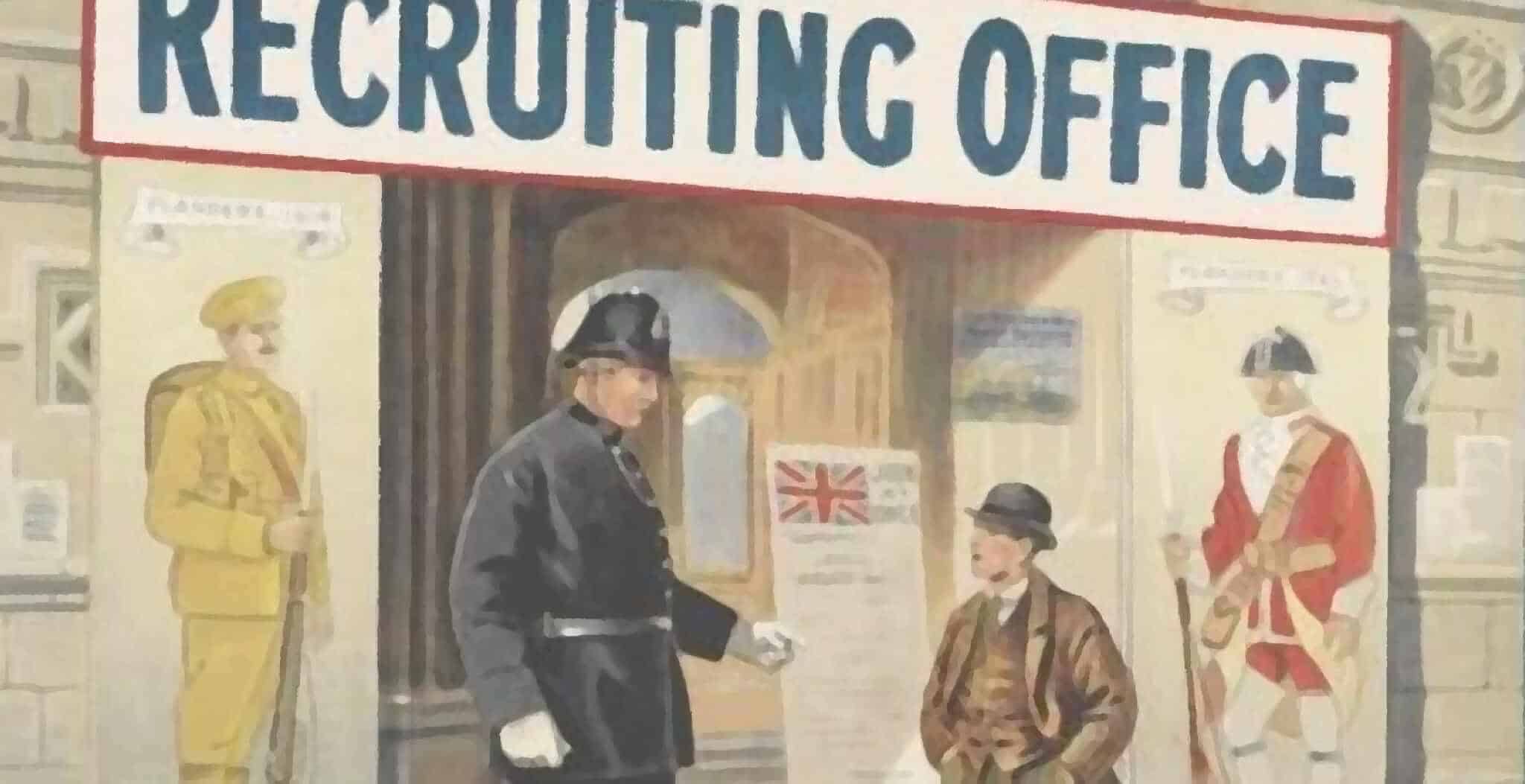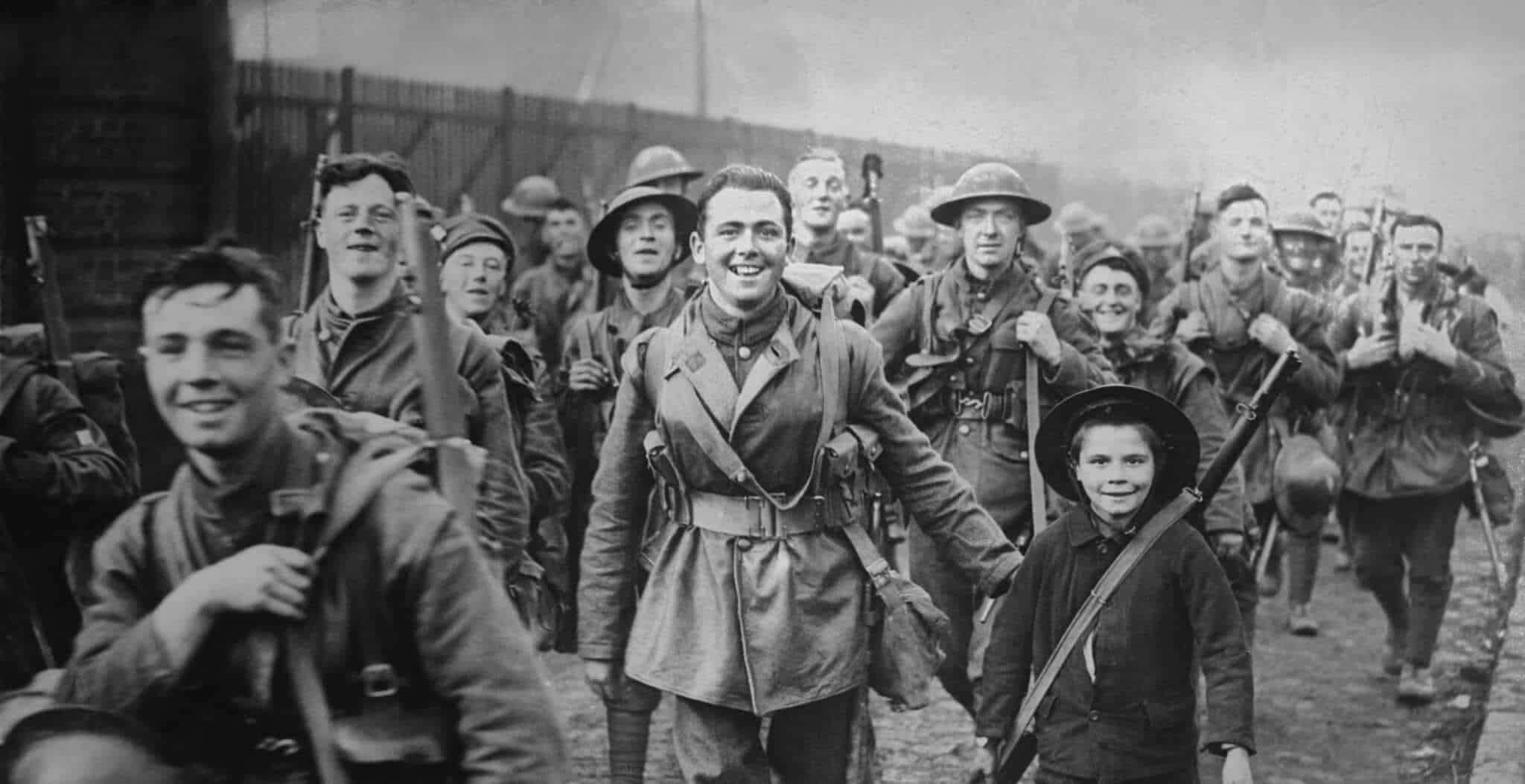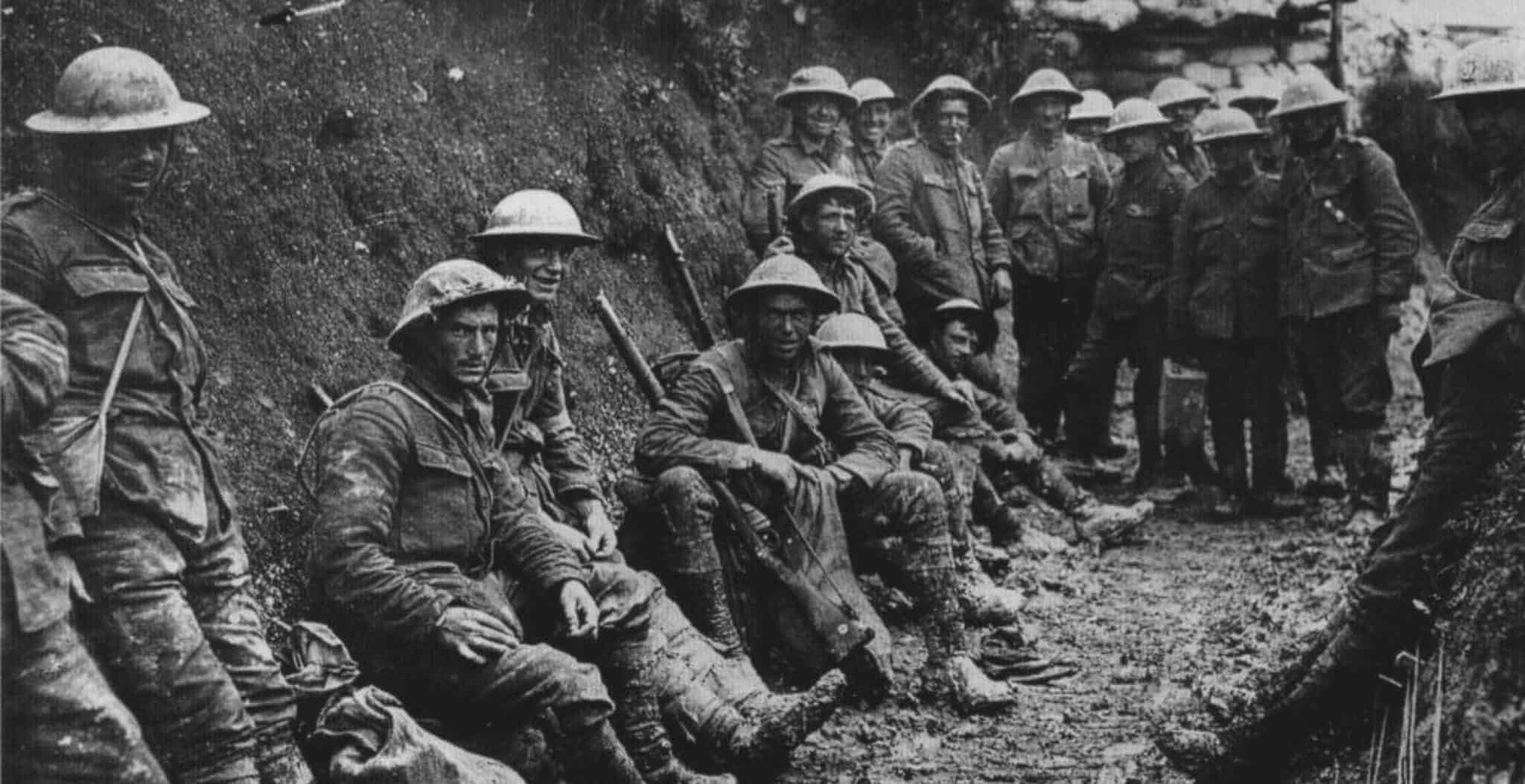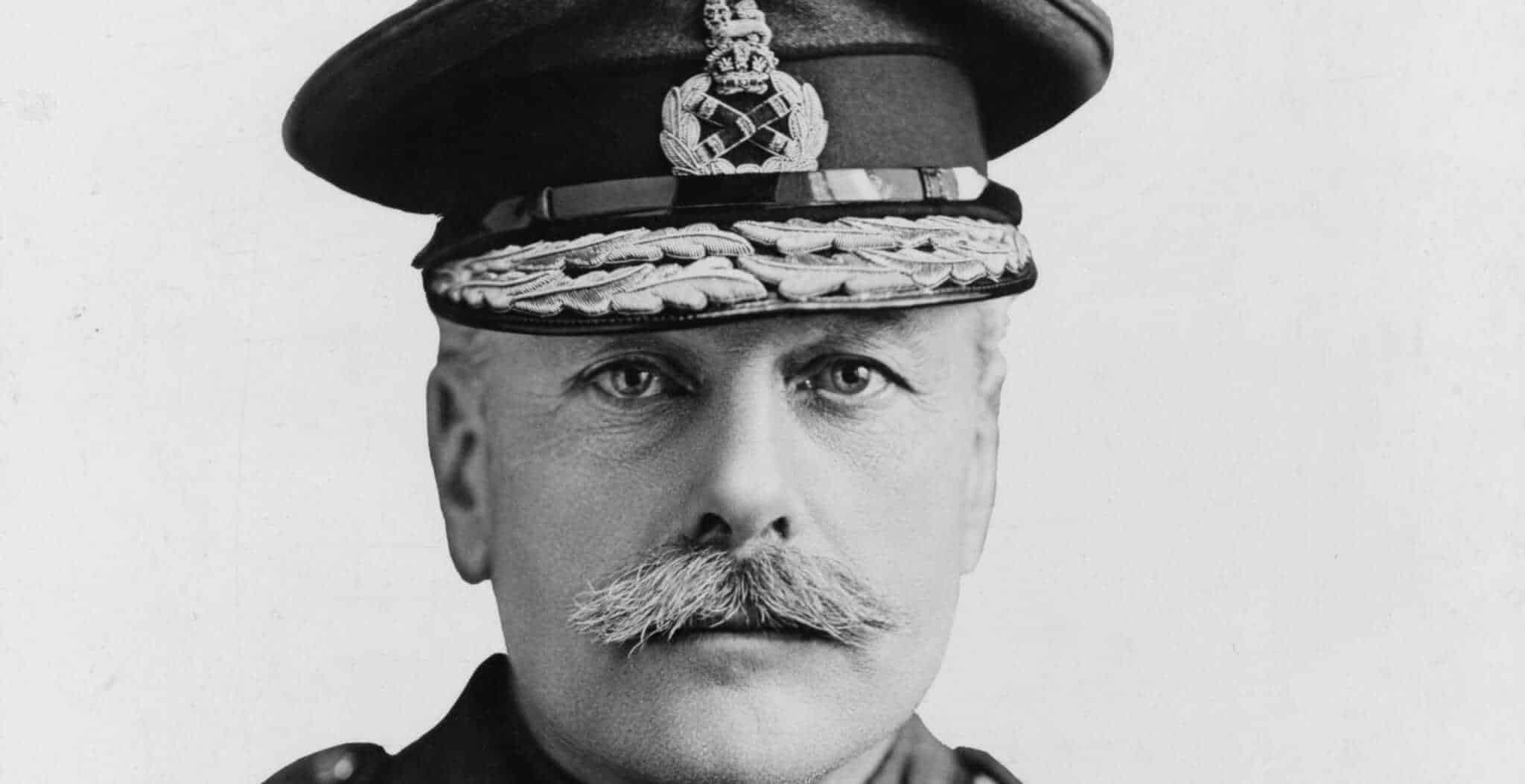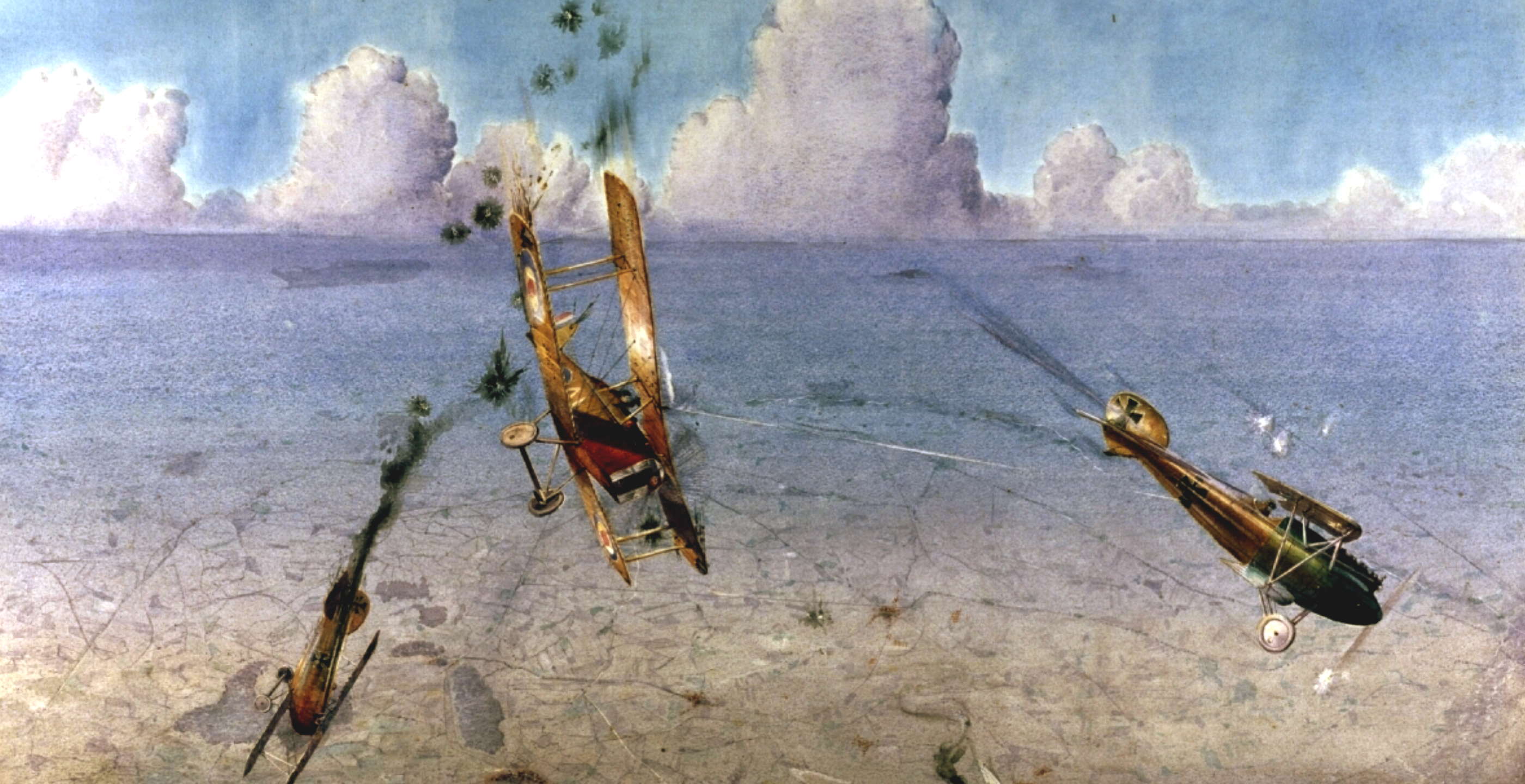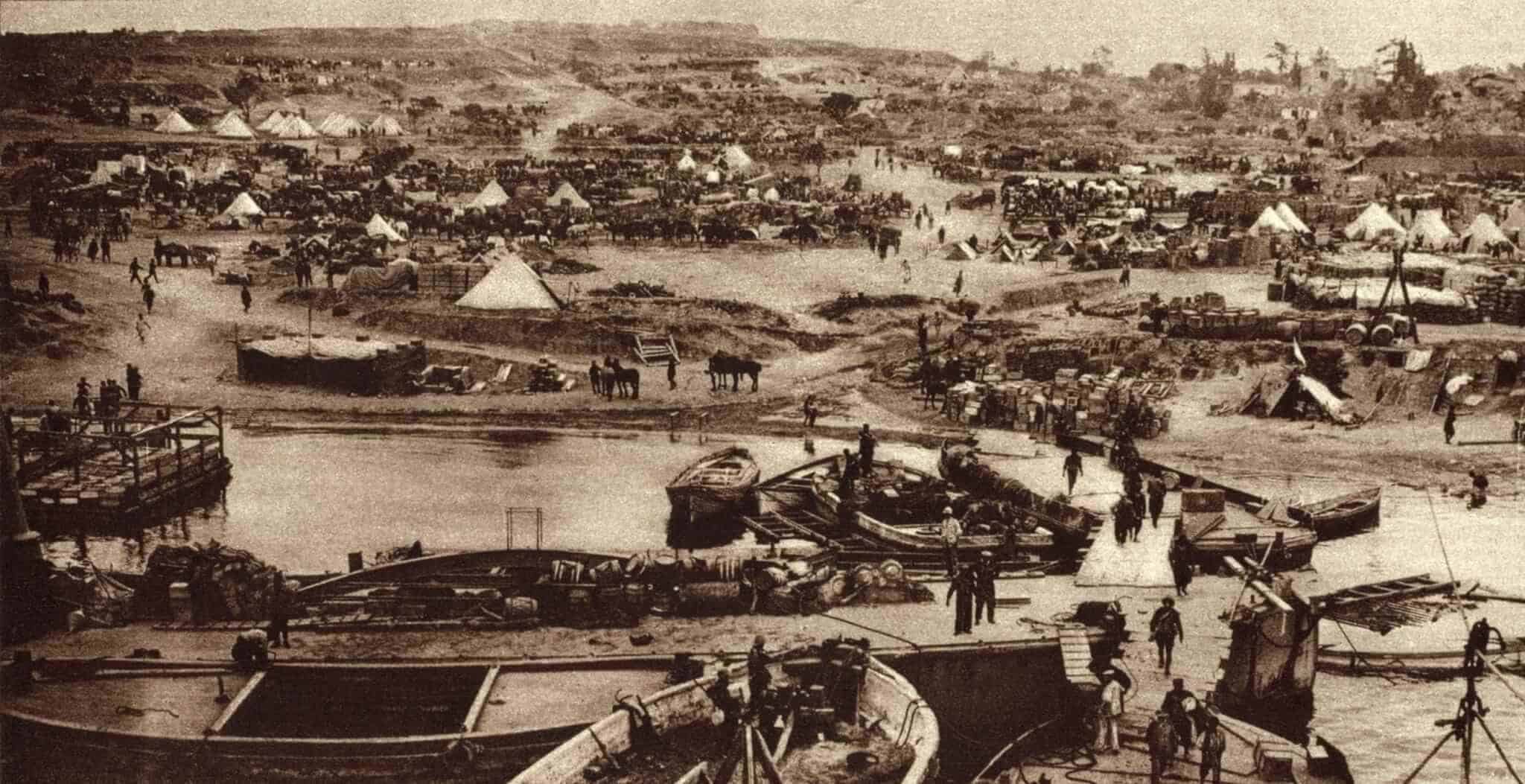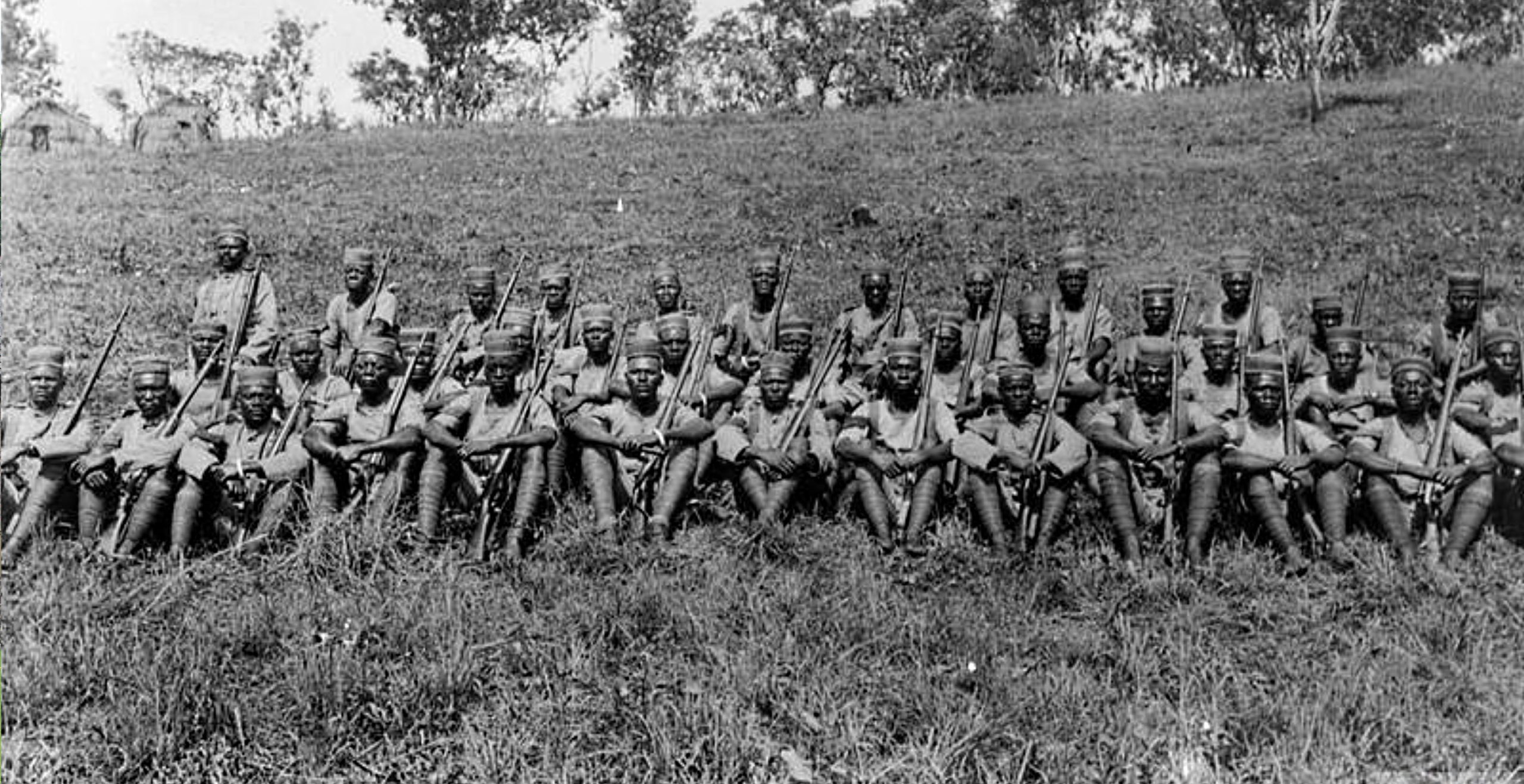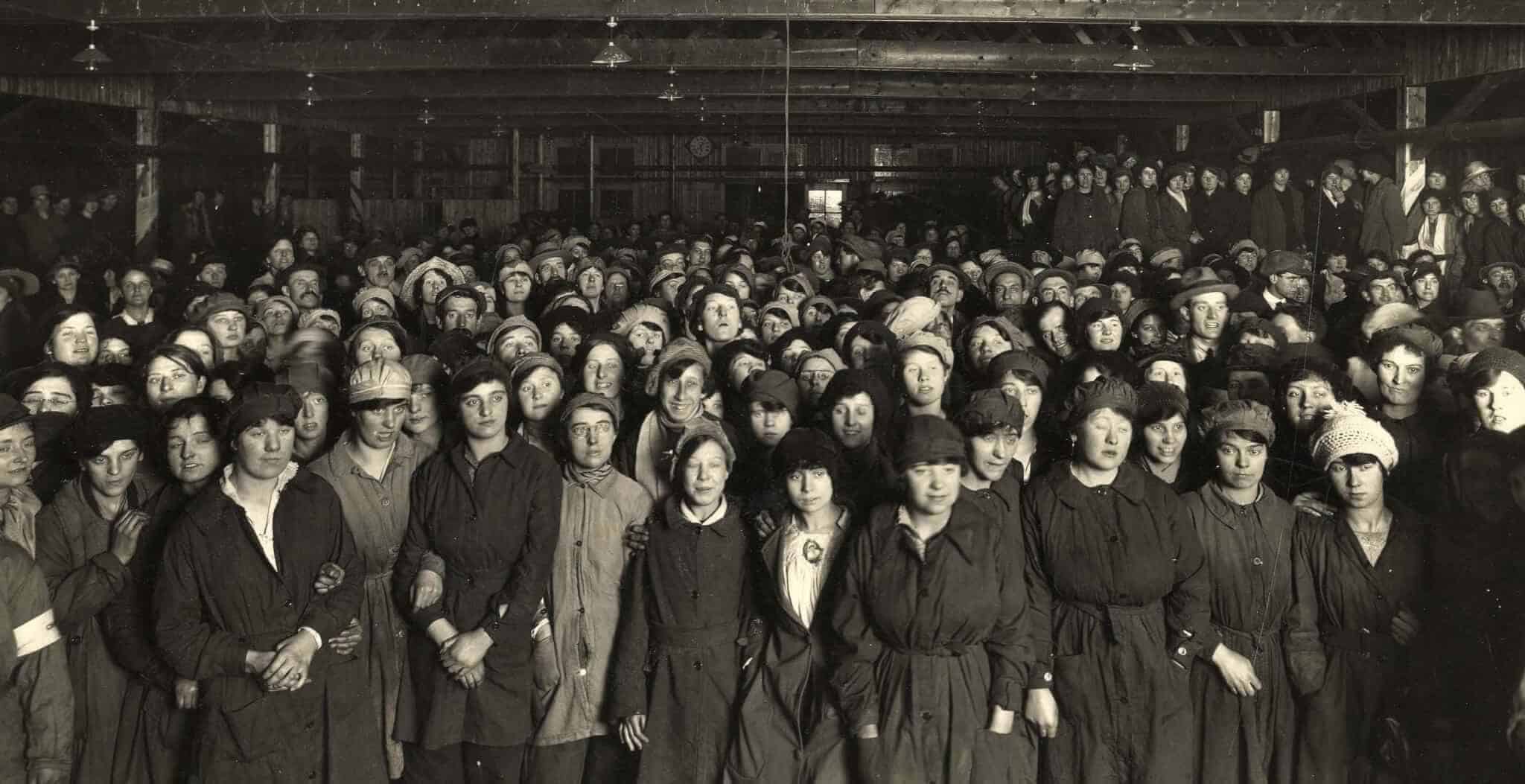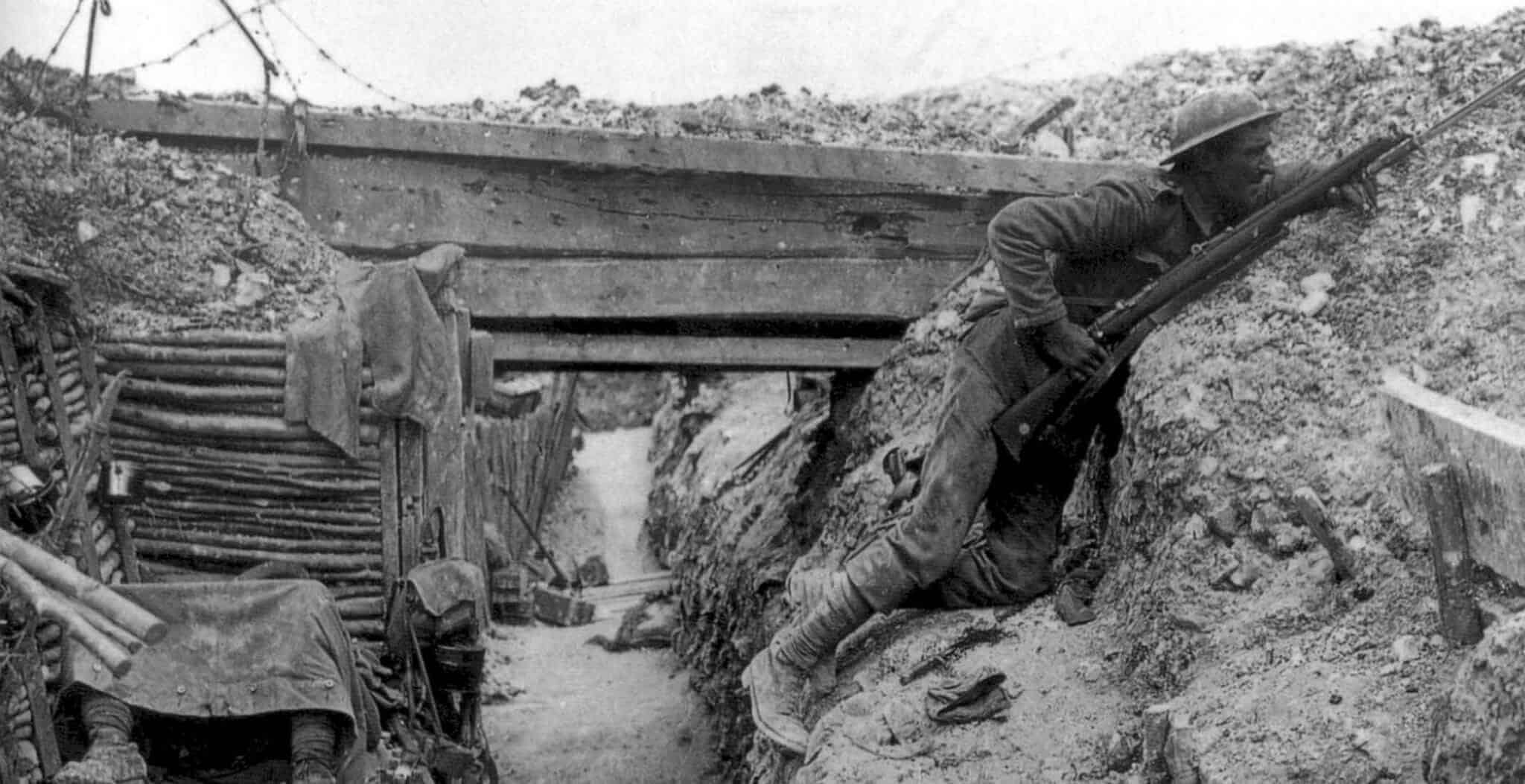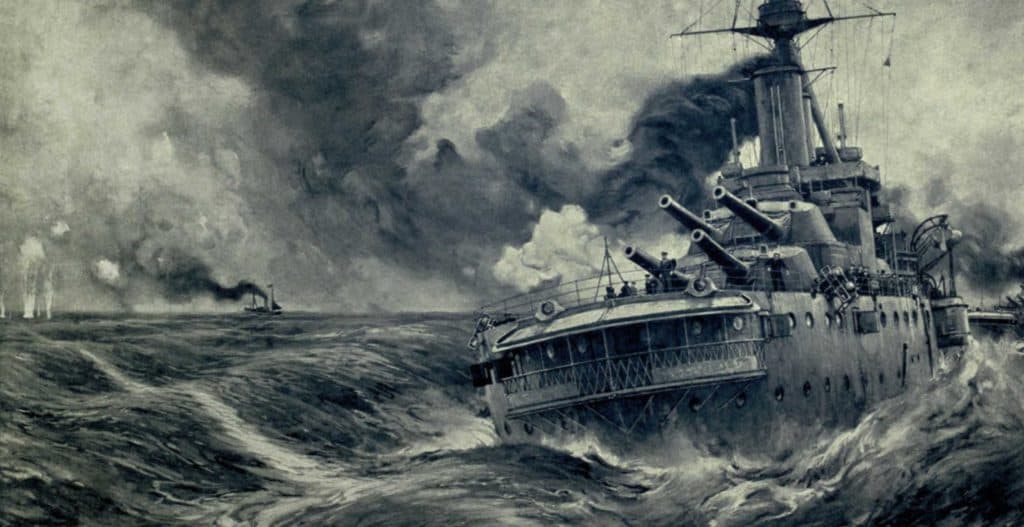As war broke out in 1914, millions of men rushed to volunteer. But some of those keen young men, fit and ready to fight, would be turned away – for being too short.
At the outbreak of World War One, the height requirement for recruits to the British Army was 5ft 3 inches (160cm), with a chest measurement of at least 34 inches (86.36cm).
It soon became apparent that this rule excluded many men, especially those from industrial and coal mining areas, who were otherwise perfectly fit to serve.
Not only were these men physically fit, many were desperate to ‘do their bit’ and join up. Having been refused at every recruiting office he tried because of his height, one miner became so incensed that he declared he would fight any man to prove that he was as good a fighter as any. He reputedly fought off six men before he was dragged away. This happened in Birkenhead, Cheshire and when the local MP, Alfred Bigland got to hear of it, he wrote to the Secretary of State for War, Lord Kitchener.
Bigland criticised what he saw as the needless rejection of fit, healthy men and asked Kitchener for permission to form an undersized fighting unit. Whilst the War Office approved of the idea, they declined to fund it.
So Bigland decided to raise his own company and the 15th Battalion, 1st Birkenhead, The Cheshire Regiment was formed, composed of healthy men between 4 ft 10ins (140cm) and 5ft 3ins (160cm) tall. They were named Bantams after the small aggressive fowl which became their battalion emblem.
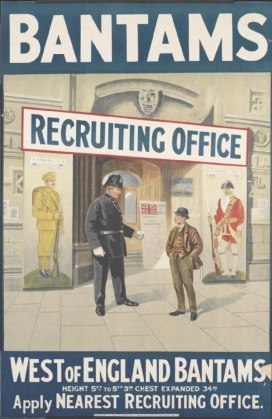
When the news about the Bantams spread, men came from all over the country to Birkenhead to enlist. By November 1914 there were 3,000 new Bantam recruits and a second battalion was formed.
The local newspaper, The Birkenhead News, took the men to heart and treated them to enamel badges engraved with ‘BBB’ for ‘Bigland’s Birkenhead Bantams’.
The idea quickly spread to other parts of the country and more Bantam battalions were formed in the UK and Canada. They soon acquired a reputation for fierce fighting and bravery, as expressed in the following contemporary anonymous poem:
Each one a pocket Hercules
five feet and a bit,
a kind of Bovril essence
of six feet British grit.
After frequent bar brawls in Glasgow, the cantankerous 18th Battalion of the Highland Light Infantry, a Bantam battalion, gained such a fierce reputation that they were nicknamed the Devil Dwarfs by the locals.
The Bantam battalions were not however without their problems. It was easier to enlist in a Bantam unit if you were underage. Also, as the war progressed the Bantam battalions began to lose some of their identity. As former miners, many of the men were reassigned to tunnelling companies and because of their smaller size, some were also transferred to the fledgling tank regiments. They suffered heavy casualties during the Battle of Bourlon in 1917 and those lost were replaced by taller men. What with these events and the introduction of conscription, by the end of the war the Bantam battalions appeared largely indistinguishable from other British units.
Billy Butlin, of Butlin’s Holiday Camps, enlisted in the Canadian Army during World War One and was transferred to a Bantam Battalion in France. The poet Isaac Rosenberg, author of ‘Poems from the Trenches‘, was also a Bantam. Another notable Bantam was Henry Thridgould, who at 4ft 9in tall was the shortest corporal in the British Army.
